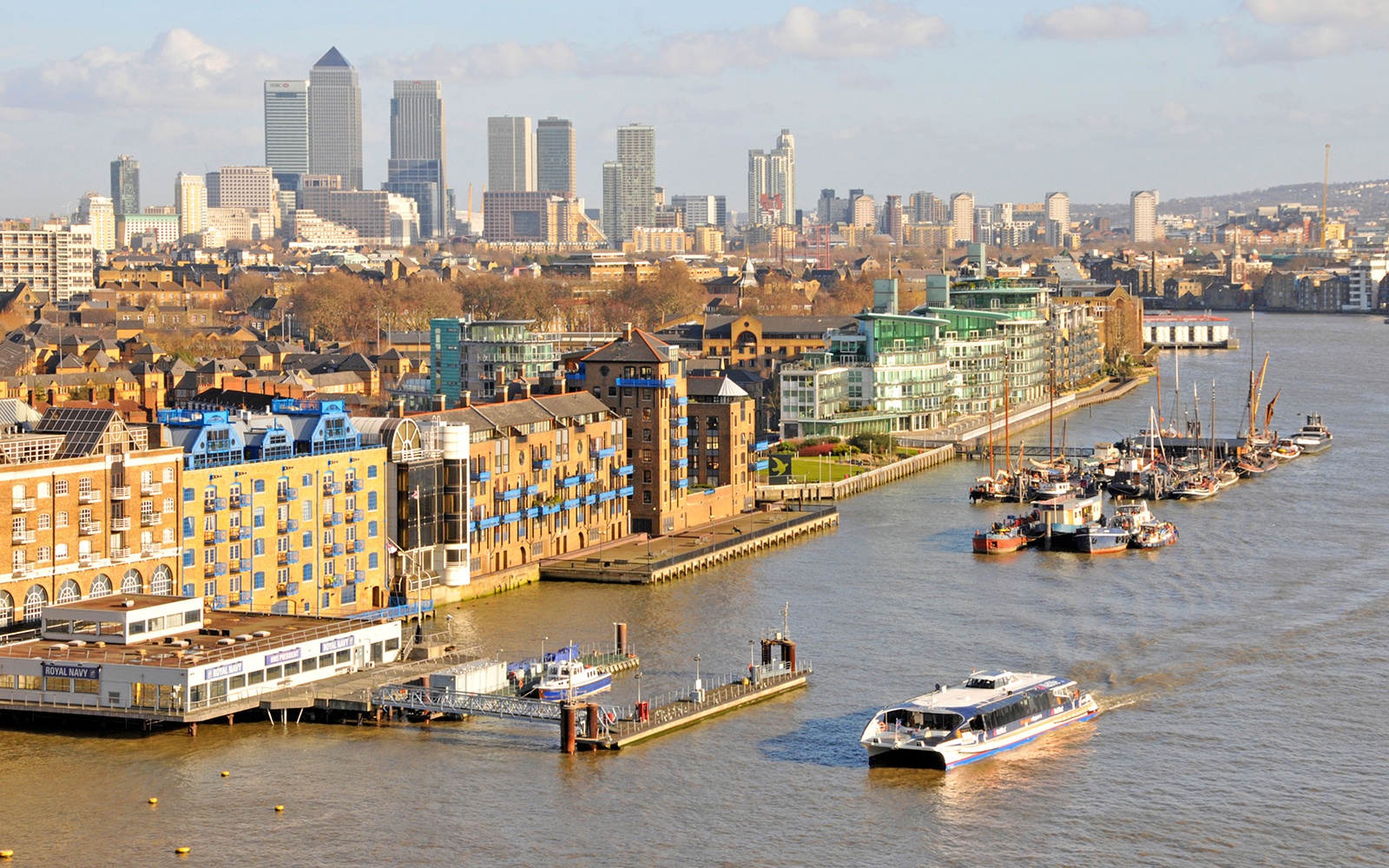 © Justin Kase zfivez / Alamy
© Justin Kase zfivez / Alamy
As a parade of ever-taller, starchitect-designed giants now tower over London, critic Alastair Gordon asks whether the soul of the city is getting lost in the shadows.
I don’t know what London’s coming to — the higher the buildings, the lower the morals,” wrote Noël Coward in the 1930s, and he would be right, once again, in 2015 as London’s skyline bristles with a new class of mega-towers rearing up from every vantage point. Brits have given the new skyscrapers quaint names — Renzo Piano’s London Bridge Tower, with its tapering, pyramidal point, is the Shard; the Walkie-Talkie describes the oddly bulging top of 20 Fenchurch Street, by Rafael Viñoly; Richard Rogers’s sloping Leadenhall Building is the Cheesegrater. It’s as if such tea- cozy titles could somehow reduce the impact on the city’s skyline. These are just three of the more aggressively overscale buildings, but there are as many as 236 new projects of more than 20 stories planned in the near future. And while some Londoners see this new degree of verticality as a positive indicator of economic growth, others are feeling a kind of group vertigo, and I wonder whether something important may be getting lost in the process.
After all, a city that for years doggedly protected its historic “viewing corridors” is now home to the tallest building in the European Union, the 1,016-foot Shard. Many of the supersize towers are grossly out of scale with their neighbors, blocking out the sun, looming over the Thames, and creating a kind of spatial dislocation. Landmarks that used to seem monumental — Big Ben, for instance — appear strangely diminished. The 525-foot-high Walkie-Talkie shrinks the nearby Tower of London to the scale of a tourist trinket.
What’s more, many of the skyscrapers are designed in a generic modern style that might as easily be found in Dubai, Shanghai, or Dallas: a singularly dominant shape sheathed in miles of reflective glass, offering no public space or reference to the indigenous forms of London itself. Indeed, many of these projects have been funded by outsiders: the Shard was made possible by the Qatari government, while the Pinnacle (a.k.a. “Helter Skelter”), a 64-floor spiraling glass tower, was backed by the Saudi Economic and Development Company.
Paris, on the other hand, seems to be moving in the opposite direction. There, the city council recently rejected a 42-story glass tower designed by Herzog & de Meuron — a stumpier version of the Shard—to protect the city’s historic imprint. Some argue that Paris’s preservationist attitude, along with higher tax rates, has locked it in a kind of 19th-century bubble, limiting its appeal to foreign investors.
Of course, not all of London’s new skyscrapers are as discordant as others. A building’s success depends on a number of factors, including the quality of the architecture and the surrounding context. Within a five- block section of the City, London's financial district, starkly modern buildings by the likes of Norman Foster (the bullet-shaped Gherkin, which in 2004 set off the frenzied rush for the next iconic statement), Jean Nouvel, and James Stirling sit side by side with Baroque and Victorian structures, interspersed with public plazas, winding passages, even the remains of a Roman wall. The sophisticated translucency of Rothschild’s New Court, reimagined by Rem Koolhaas, is offset by a public garden that leads to St. Stephen Walbrook, a 17th-century domed church by Christopher Wren. It all works together to create a complex layering of old and new, high and low, private and public—a kind of Dickensian urban tangle that seems just right for London.